Regionale 24
Davor, danach und alles dazwischen
25 Nov 2023 - 07 Jan 2024
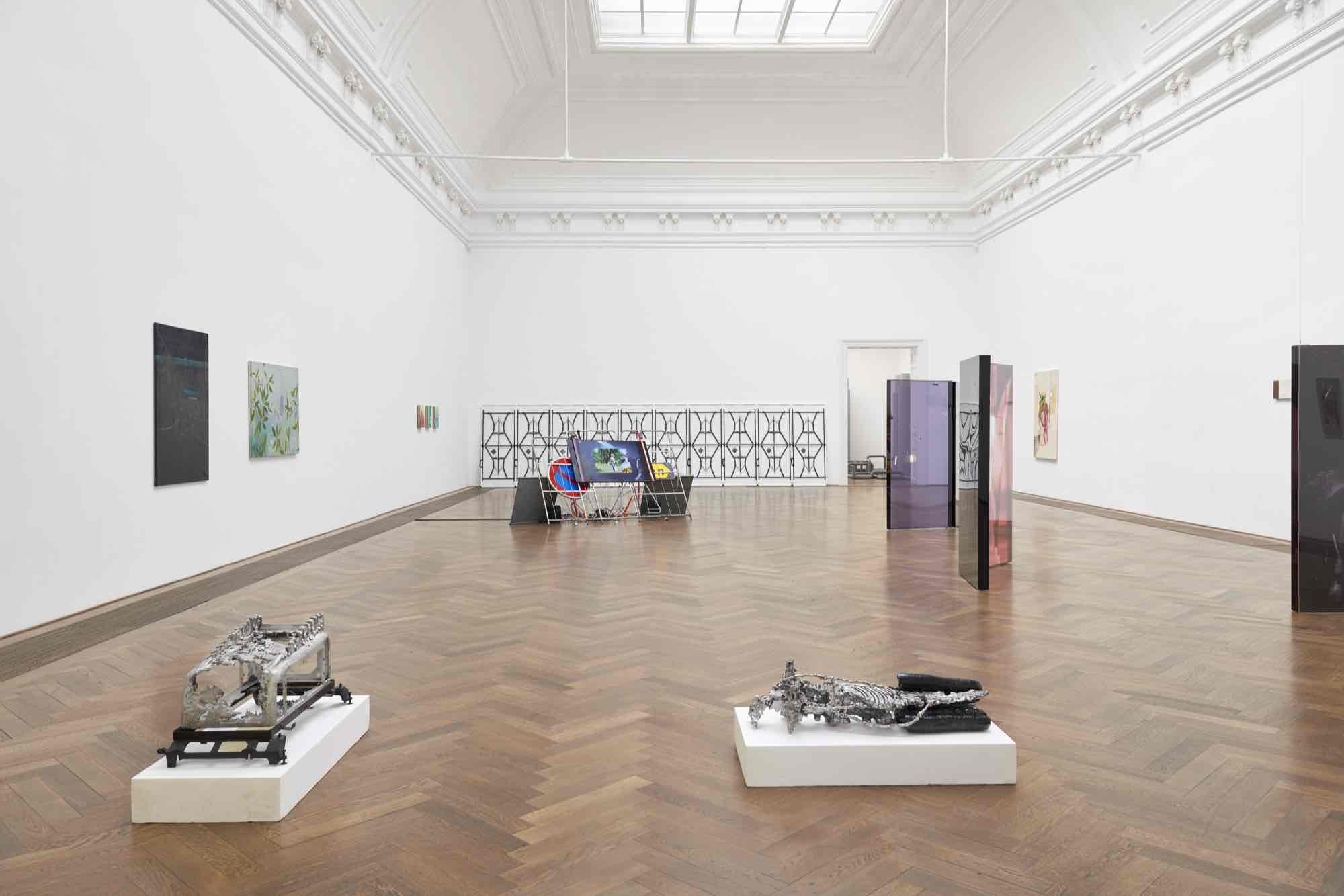
Regionale 24, Davor, danach und alles dazwischen, Kunsthalle Basel, 2023, exhibition view, photo: Philipp Hänger / Kunsthalle Basel
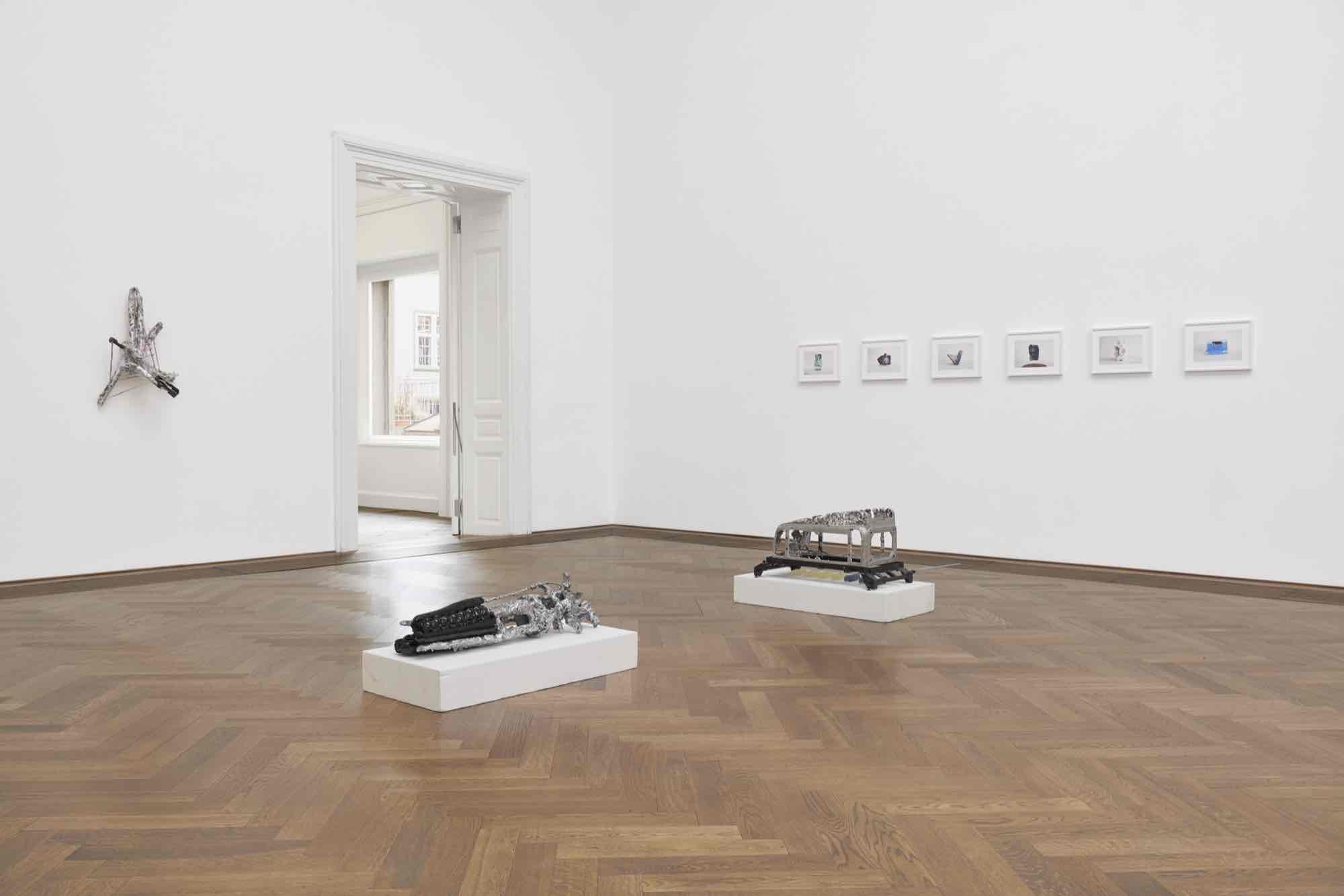
Regionale 24, Davor, danach und alles dazwischen, Kunsthalle Basel, 2023, exhibition view, photo: Philipp Hänger / Kunsthalle Basel

Regionale 24, Davor, danach und alles dazwischen, Kunsthalle Basel, 2023, exhibition view, photo: Philipp Hänger / Kunsthalle Basel
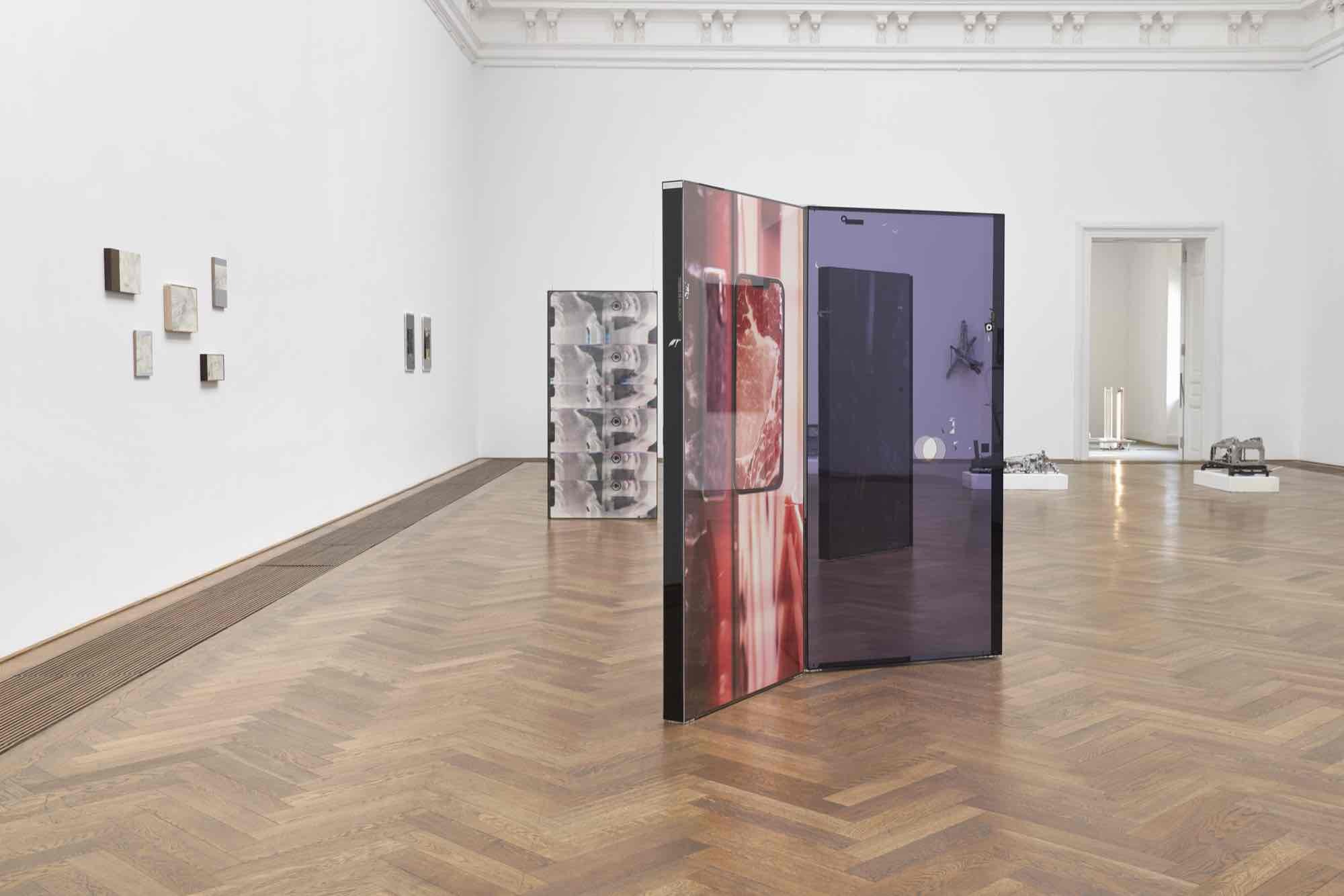
Regionale 24, Davor, danach und alles dazwischen, Kunsthalle Basel, 2023, exhibition view, photo: Philipp Hänger / Kunsthalle Basel
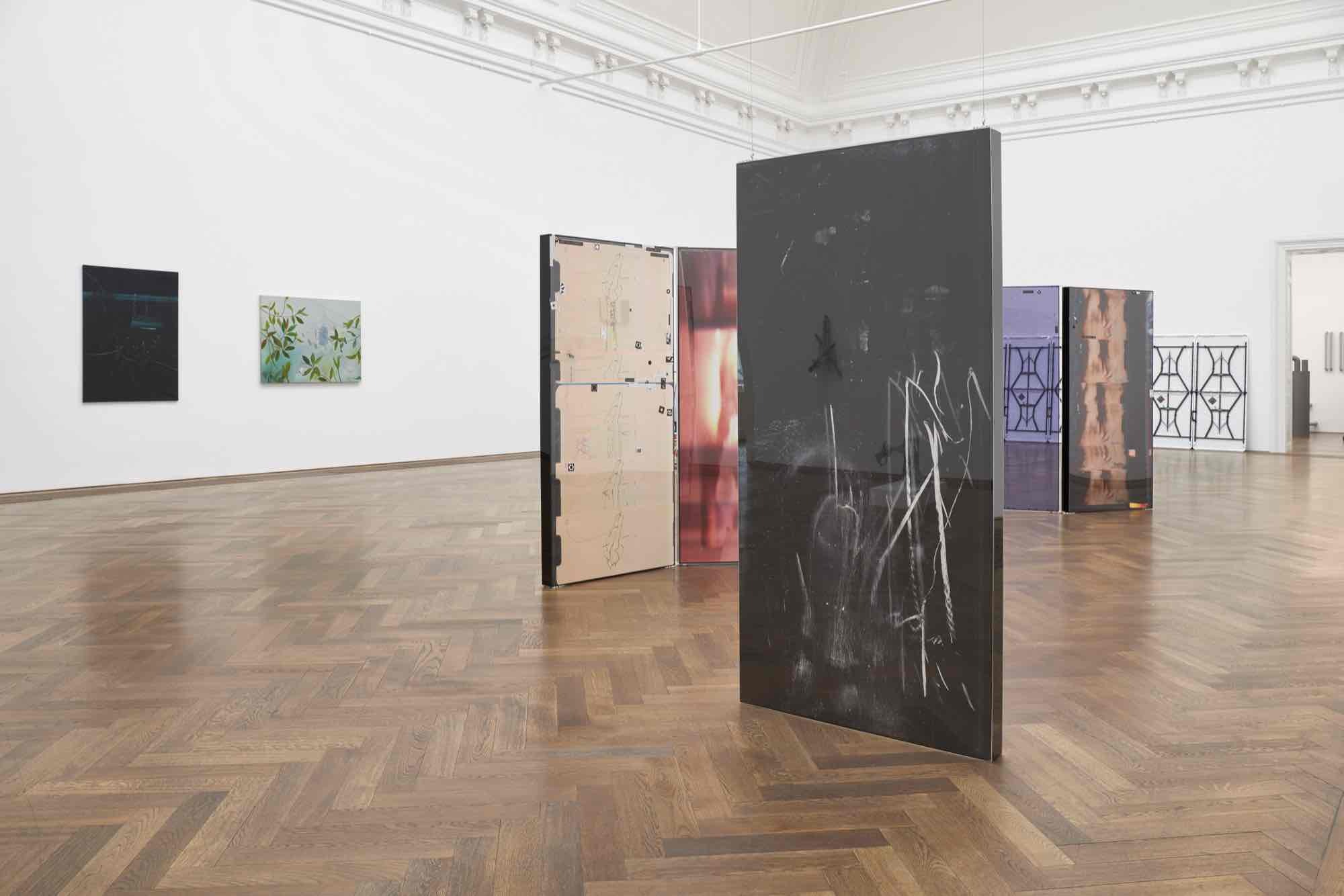
Regionale 24, Davor, danach und alles dazwischen, Kunsthalle Basel, 2023, exhibition view, photo: Philipp Hänger / Kunsthalle Basel
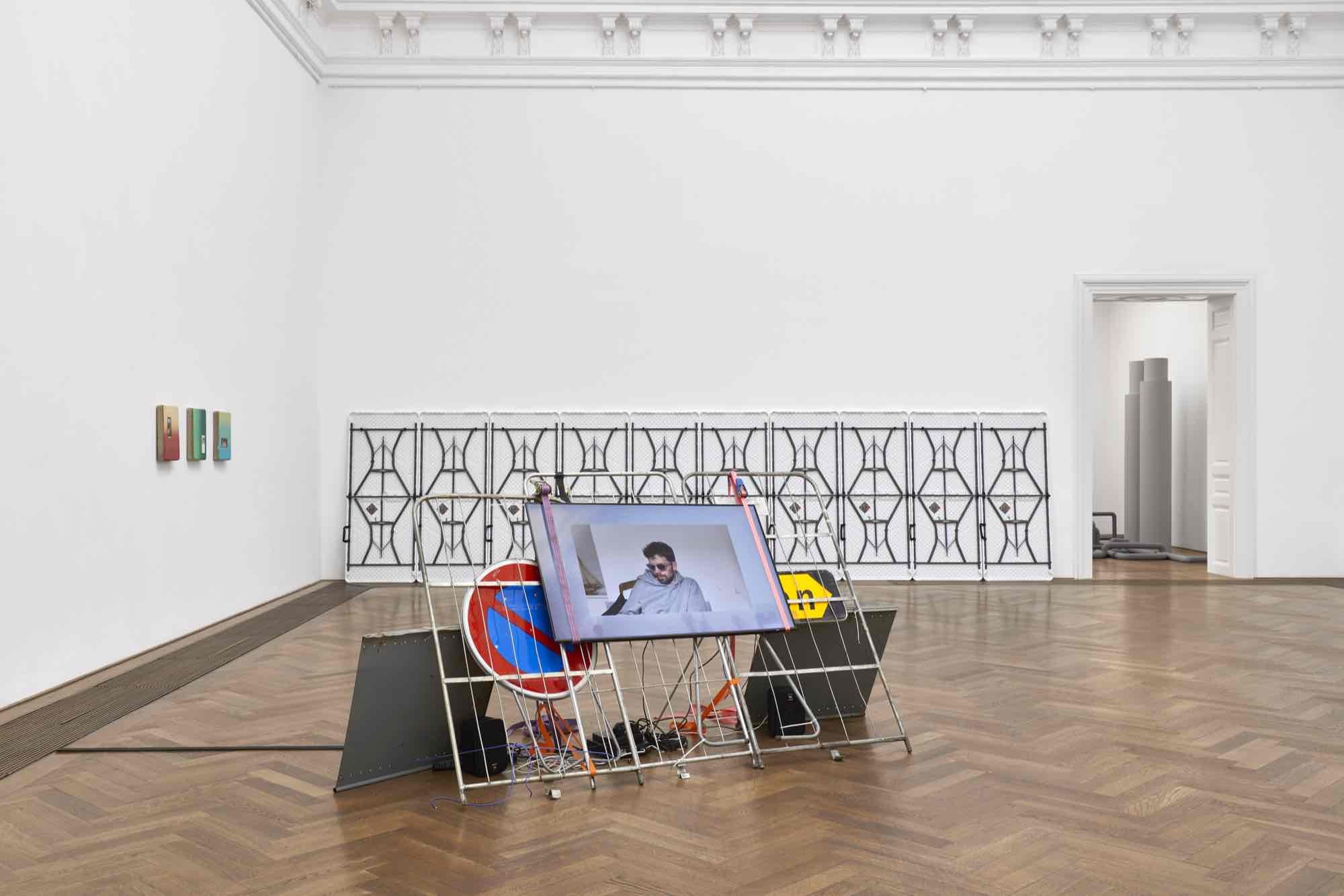
Regionale 24, Davor, danach und alles dazwischen, Kunsthalle Basel, 2023, exhibition view, photo: Philipp Hänger / Kunsthalle Basel

Regionale 24, Davor, danach und alles dazwischen, Kunsthalle Basel, 2023, exhibition view, photo: Philipp Hänger / Kunsthalle Basel

Regionale 24, Davor, danach und alles dazwischen, Kunsthalle Basel, 2023, exhibition view, photo: Philipp Hänger / Kunsthalle Basel
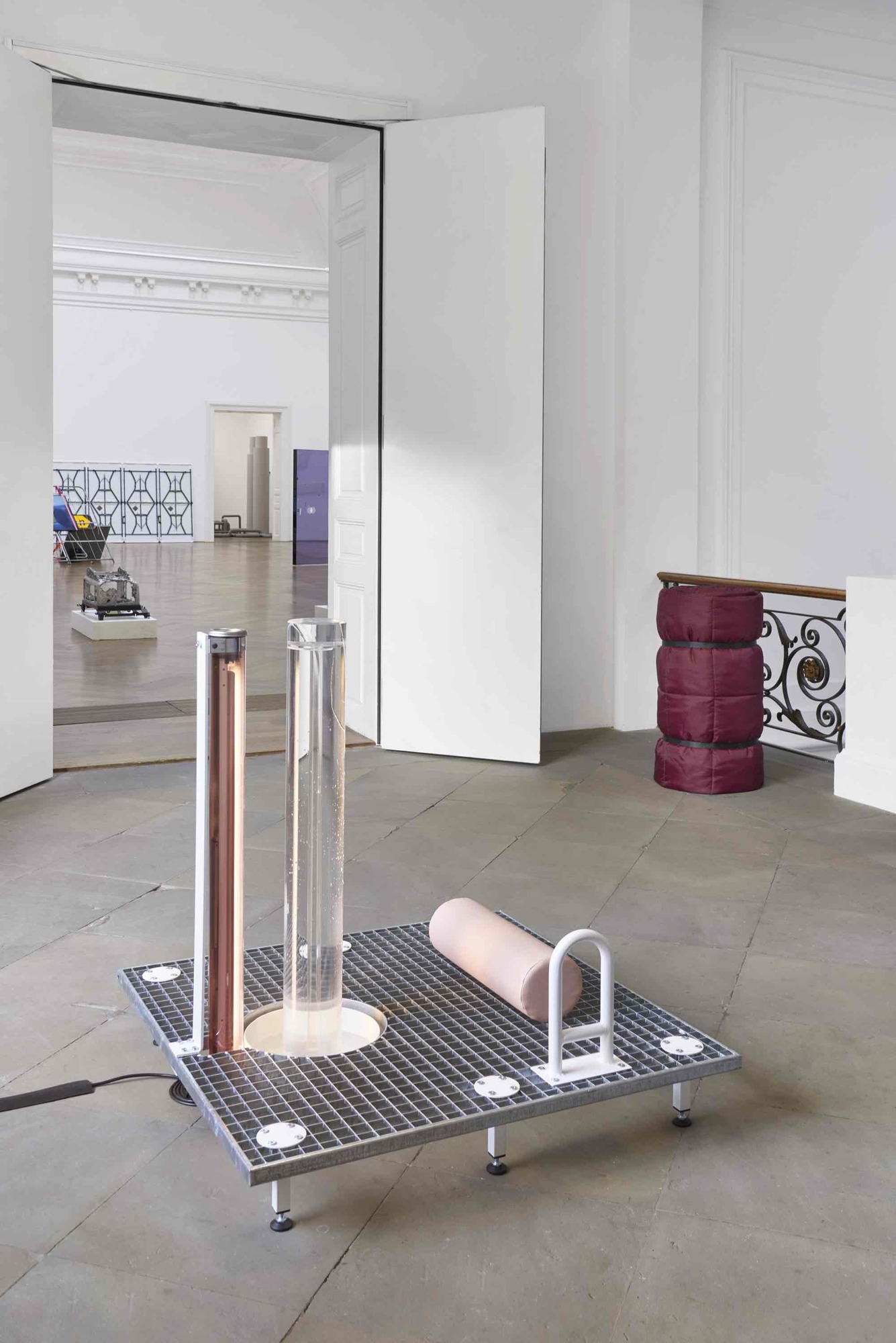
Regionale 24, Davor, danach und alles dazwischen, Kunsthalle Basel, 2023, exhibition view, photo: Philipp Hänger / Kunsthalle Basel

Luc Mattenberger, Fontaine, 2022, installation view, in: Regionale 24, Davor, danach und alles dazwischen, Kunsthalle Basel, 2023, photo: Philipp Hänger / Kunsthalle Basel
A ghostly human form, comprised of thousands of rings, lies on the steps of Kunsthalle Basel like shed skin. Created by hand based on the dimensions of the artist’s body and reminiscent of medieval chain mail, Valentine Cotte’s piece immediately raises questions: Is this object ancient or newly made? Did it serve as a kind of armor discarded after serving its purpose? In fact, it is a fragile ceramic sculpture that negotiates protective constructions with historical ref- erences. Moving between temporalities and references, Cotte’s work is the perfect opener to the group show Davor, danach und alles dazwischen (Before, After, and Everything in Between).
In their conceptual and material investigations, contemporary artists are often chroniclers, archaeologists, treasure hunters, and architects of change—of and in the past, present, and future. Davor, danach und alles dazwischen presents nineteen artists from the tri-border region around Basel who have applied to participate in exhibitions in the twenty venues of the annual Regionale. The exhibition features photography, painting, performance, sculp- ture, and video, showing how temporality can inspire artistic creation.
The artwork, Tom Senn (2023), by Oleksandr Holiuk takes the form of an instruction—a kind of performance protocol—that was carried out by one of Kunsthalle Basel’s employees and now bears his name by way of a title. In the stairwell, it appears as a framed text. Time plays a special role in this work: an hour of complete inactivity was required for the artwork to take shape. Holiuk’s two additional pieces in the exhibition refer to the various stages in a person’s life in the form of immigration and customs authorities’ lanyards with branded key chains from art schools.
On the landing, Luc Mattenberger has created a place that invites you to meditate. With its formal appearance referencing industrial production, the work takes a critical look at the business of self-optimization intended, on the one hand, to increase the quality of life and, on the other, to extend personal productivity.
In a series of photographs, Martin Raub cap- tures images of his electronic devices covered in crystals. His smartphone, camera, and other formerly state-of-the-art objects, generally in everyday use, now look like relics of a bygone era, reminiscent of artifacts from a subaquatic archaeological site. While the artist has spectacularly decorated these consumer objects, he also questions the obsolescence built into them by design.
Laurie De Jesús Lagares presents several pieces dispersed across the exhibition. Her largeformat paintings portray two views on the artificial environment of a mangrove in Basel’s Botanical Garden, while with the three pieces from the series Almost there… (2023), the artist painted recent natural disasters in her native Puerto Rico, which she followed from afar. In the final room of the exhibition, the triptych En descanso In Rest (2022) painted on stretched polyester, shows loosely drawn images of sleeping members of the artist’s fami- ly. Lagares’ works take up themes of dislocation and the mediated participation in the lives of others, lending expression to the simultaneity of proximity and distance, alienation and familiarity.
Matthias Holznagel and Rafael Jörger’s abstract wall work consists of a series of industrially manufactured folding tables bearing the brand name “LIFETIME.” Lined up next to each other, these objects in the tradition of Marcel Duchamp’s readymade point to late capitalist society’s seemingly relentless drive to produce, proposing infinite longevity as a selling point.
Anaïs Strübin often draws on observations of her immediate surroundings in her work, such as her painting of seemingly windswept fabric caught tangled around a potted plant. Embedded in her take on the classical genre of the still life is a suggestion of the passage of time and deliberate unfinishedness.
Hojeong Lee’s delicate drawings in graphite on paper are set in frames created by the artist. Their materiality and physical presence captivate as the images represent bulges, scars, and abstracted swirls alongside anthropomorphic forms that seem to emerge from the maelstrom of time.
Neckar Doll’s two pieces combine personal and historical material. Doll has superimposed elements from the popular war strategy game Warhammer 40,000 over photographs from magazines reporting on the Vietnam War and on former US President George W. Bush. The resulting artworks remind us of how society is inoculated with the logic of war.
Four shimmering metallic sculptures by Janis Zeckai are made from used, found material, including film projectors, car rims, vacuum cleaner parts, and soft toys. The artist has deconstructed and otherwise deformed his source material to create new forms that seem to come from a dystopian future.
At first glance, Damien Juillard’s sculptural works appear like dark monoliths. Only upon closer inspection does the complexity and multi-layered nature of each reveal itself. Behind Plexiglas are scanned drawings and digitally manipulated image material that addresses the human body’s representation and its circulation in a market of physical desire.
On a relay of traffic signs and barriers, Aimée Le Briéro shows a film that documents the lives of older people and superimposes them over those of younger people: a picture within a pic- ture. Without further commentary, generations come together to carry out similar everyday activities. Whether at the beginning or the end of life, existence hardly seems to differ.
The second exhibition room is filled with Linda Wunderlin’s gray cardboard tubes of various sizes, arranged into a sculptural installation. Her research into the pharma and chemical indus- trial architecture, particularly the Schweizerhalle near Basel, has inspired its dense structure and minimalistic forms. With the piece, she looks at local industrial history and its creation of seemingly infinitely expandable systems.
Sven Hoppler’s paintings are rich in references, including art historical ones. These skillfully executed realistic depictions appear matter-offact, yet the pictures seem like frozen scenes of labor or quotidian acts in the absurd theater of life.
In the center of the last room, Chiharu Koda shows her most recent work, for which the artist mixed Rhine water with agar-agar and cast it into geometric forms. She combines gelatinous, dried results with concrete ele- ments to create a minimalist, multi-part floor sculpture. The sheets of Rhine water are reminiscent of geological sedimentation, whose layers contain information about the past.
As part of the exhibition, and punctually pre- sented over the course of it, two performances will be shown. They include a new 50-minute sound performance by Franca Fay and Odilia Senn based on a dialogical exchange between the artists and the works of groundbreaking electronic music pioneers such as Maryanne Amacher, Suzanne Ciani, and Éliane Radigue.
Another performance was newly developed by Tyra Wigg for the exhibition. It is based on the artist’s existing performance limb limb limb (2023), extended here to four hours. In it, an amorphous figure uses the means of choreography to explore the connections between the body, architecture, and healing.
Artistic creation has always had a relationship to temporality—while being created in a here and now, art is inevitably shaped by the past and might even change our understanding of it, too. Davor, danach und alles dazwischen explores revenants of the spacetime continuum and, in so doing, attempts to sharpen our perception about how deeply historicity, continuity, and futurity impacts us. It reminds us that there may be lessons to be learned from looking back, even as we continue to speed forward in time.
In their conceptual and material investigations, contemporary artists are often chroniclers, archaeologists, treasure hunters, and architects of change—of and in the past, present, and future. Davor, danach und alles dazwischen presents nineteen artists from the tri-border region around Basel who have applied to participate in exhibitions in the twenty venues of the annual Regionale. The exhibition features photography, painting, performance, sculp- ture, and video, showing how temporality can inspire artistic creation.
The artwork, Tom Senn (2023), by Oleksandr Holiuk takes the form of an instruction—a kind of performance protocol—that was carried out by one of Kunsthalle Basel’s employees and now bears his name by way of a title. In the stairwell, it appears as a framed text. Time plays a special role in this work: an hour of complete inactivity was required for the artwork to take shape. Holiuk’s two additional pieces in the exhibition refer to the various stages in a person’s life in the form of immigration and customs authorities’ lanyards with branded key chains from art schools.
On the landing, Luc Mattenberger has created a place that invites you to meditate. With its formal appearance referencing industrial production, the work takes a critical look at the business of self-optimization intended, on the one hand, to increase the quality of life and, on the other, to extend personal productivity.
In a series of photographs, Martin Raub cap- tures images of his electronic devices covered in crystals. His smartphone, camera, and other formerly state-of-the-art objects, generally in everyday use, now look like relics of a bygone era, reminiscent of artifacts from a subaquatic archaeological site. While the artist has spectacularly decorated these consumer objects, he also questions the obsolescence built into them by design.
Laurie De Jesús Lagares presents several pieces dispersed across the exhibition. Her largeformat paintings portray two views on the artificial environment of a mangrove in Basel’s Botanical Garden, while with the three pieces from the series Almost there… (2023), the artist painted recent natural disasters in her native Puerto Rico, which she followed from afar. In the final room of the exhibition, the triptych En descanso In Rest (2022) painted on stretched polyester, shows loosely drawn images of sleeping members of the artist’s fami- ly. Lagares’ works take up themes of dislocation and the mediated participation in the lives of others, lending expression to the simultaneity of proximity and distance, alienation and familiarity.
Matthias Holznagel and Rafael Jörger’s abstract wall work consists of a series of industrially manufactured folding tables bearing the brand name “LIFETIME.” Lined up next to each other, these objects in the tradition of Marcel Duchamp’s readymade point to late capitalist society’s seemingly relentless drive to produce, proposing infinite longevity as a selling point.
Anaïs Strübin often draws on observations of her immediate surroundings in her work, such as her painting of seemingly windswept fabric caught tangled around a potted plant. Embedded in her take on the classical genre of the still life is a suggestion of the passage of time and deliberate unfinishedness.
Hojeong Lee’s delicate drawings in graphite on paper are set in frames created by the artist. Their materiality and physical presence captivate as the images represent bulges, scars, and abstracted swirls alongside anthropomorphic forms that seem to emerge from the maelstrom of time.
Neckar Doll’s two pieces combine personal and historical material. Doll has superimposed elements from the popular war strategy game Warhammer 40,000 over photographs from magazines reporting on the Vietnam War and on former US President George W. Bush. The resulting artworks remind us of how society is inoculated with the logic of war.
Four shimmering metallic sculptures by Janis Zeckai are made from used, found material, including film projectors, car rims, vacuum cleaner parts, and soft toys. The artist has deconstructed and otherwise deformed his source material to create new forms that seem to come from a dystopian future.
At first glance, Damien Juillard’s sculptural works appear like dark monoliths. Only upon closer inspection does the complexity and multi-layered nature of each reveal itself. Behind Plexiglas are scanned drawings and digitally manipulated image material that addresses the human body’s representation and its circulation in a market of physical desire.
On a relay of traffic signs and barriers, Aimée Le Briéro shows a film that documents the lives of older people and superimposes them over those of younger people: a picture within a pic- ture. Without further commentary, generations come together to carry out similar everyday activities. Whether at the beginning or the end of life, existence hardly seems to differ.
The second exhibition room is filled with Linda Wunderlin’s gray cardboard tubes of various sizes, arranged into a sculptural installation. Her research into the pharma and chemical indus- trial architecture, particularly the Schweizerhalle near Basel, has inspired its dense structure and minimalistic forms. With the piece, she looks at local industrial history and its creation of seemingly infinitely expandable systems.
Sven Hoppler’s paintings are rich in references, including art historical ones. These skillfully executed realistic depictions appear matter-offact, yet the pictures seem like frozen scenes of labor or quotidian acts in the absurd theater of life.
In the center of the last room, Chiharu Koda shows her most recent work, for which the artist mixed Rhine water with agar-agar and cast it into geometric forms. She combines gelatinous, dried results with concrete ele- ments to create a minimalist, multi-part floor sculpture. The sheets of Rhine water are reminiscent of geological sedimentation, whose layers contain information about the past.
As part of the exhibition, and punctually pre- sented over the course of it, two performances will be shown. They include a new 50-minute sound performance by Franca Fay and Odilia Senn based on a dialogical exchange between the artists and the works of groundbreaking electronic music pioneers such as Maryanne Amacher, Suzanne Ciani, and Éliane Radigue.
Another performance was newly developed by Tyra Wigg for the exhibition. It is based on the artist’s existing performance limb limb limb (2023), extended here to four hours. In it, an amorphous figure uses the means of choreography to explore the connections between the body, architecture, and healing.
Artistic creation has always had a relationship to temporality—while being created in a here and now, art is inevitably shaped by the past and might even change our understanding of it, too. Davor, danach und alles dazwischen explores revenants of the spacetime continuum and, in so doing, attempts to sharpen our perception about how deeply historicity, continuity, and futurity impacts us. It reminds us that there may be lessons to be learned from looking back, even as we continue to speed forward in time.
